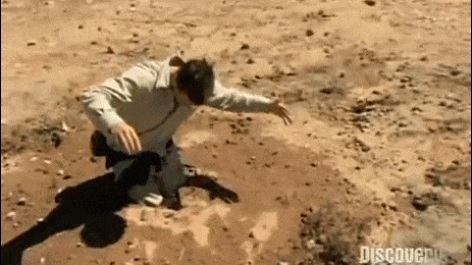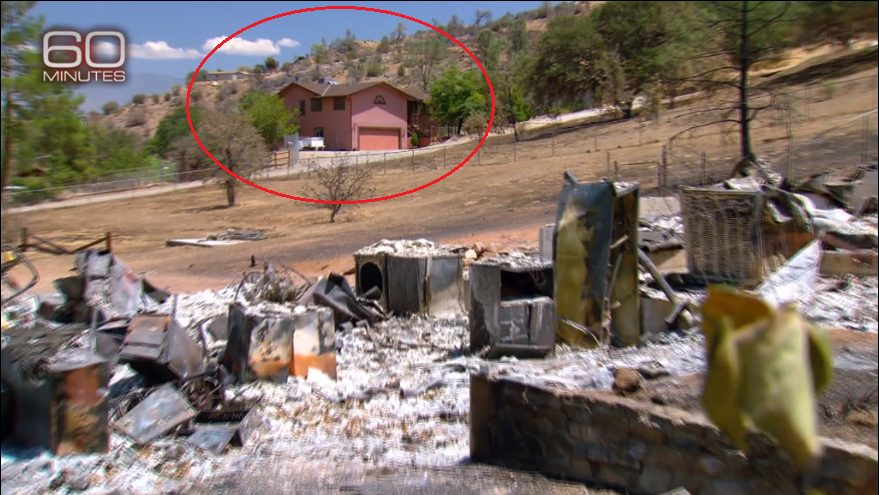UX Critique: Give Readers a Break - Online, News Has No End
(Here's an opportunity for a software developer: print news layout is a honed craft. Online news leaves much room for improvement.) In the modern internet news era, "today" is obsolete. In its wake, survive two time concepts: history, and "breaking."
I subscribe to newspapers and I want today's paper. But online, the cognitive load required to dilineate today's news from yesterday's and last week's leaves me with less brainpower to start my day, or even absorb the news.
Getting today's news online is a project. A quicksand heap of clickable headlines on www.sfchronicle.com offers readers no place to land their eyes.
No target or marker to signal "I'm almost done" or "I'm relatively informed, and ready to start my day." Many working readers surrender to the "breaking" news reading model via cellphone headline alert.
This reaction-based reading model leaves readers either riddled with anxiety or tuning out news.
(Also: the anxiety-lifting cartoons, the Dilberts, the editorial cartoons, Don Asmussen panels, are in witness protection from online readers.)
Firefighters used to operate this way until they were dropping dead of heart failure at alarming enough rates that cities changed how fire alarms were sent out.
Before: A city central alarm system alerted all firehouses when trying to wake one.
For software developers, the model of "today's paper" whether it be print/pdf, laptop screen or phone screen is a classic model-view-controller assignment.
Certainly, the designers assumed until now that subscribers reading news on the phone wanted fewer stories to read. Did designers assume this? Did readers want this?
Are phone news consumers aware they're getting a subset of the headlines shown to print/pdf consumers?
Are publishers aware they're showing fewer headlines to phone readers and laptop readers? Are they aware they're not even teasing the cartoons on the home screen "click inside to find today's Dilbert"?
----------------------

This work by AJ Fish is licensed under a Creative Commons Attribution-NonCommercial 4.0 International License.
I subscribe to newspapers and I want today's paper. But online, the cognitive load required to dilineate today's news from yesterday's and last week's leaves me with less brainpower to start my day, or even absorb the news.
Getting today's news online is a project. A quicksand heap of clickable headlines on www.sfchronicle.com offers readers no place to land their eyes.
No target or marker to signal "I'm almost done" or "I'm relatively informed, and ready to start my day." Many working readers surrender to the "breaking" news reading model via cellphone headline alert.
This reaction-based reading model leaves readers either riddled with anxiety or tuning out news.
(Also: the anxiety-lifting cartoons, the Dilberts, the editorial cartoons, Don Asmussen panels, are in witness protection from online readers.)
Firefighters used to operate this way until they were dropping dead of heart failure at alarming enough rates that cities changed how fire alarms were sent out.
Before: A city central alarm system alerted all firehouses when trying to wake one.
- At 11:00PM one-engine fire in Ladder Five's neighborhood required city central to send a five-clang alarm to all firehouses.
- At 12:30AM a two-engine fire in Ladder Eleven's neighborhood sent an eleven-clang alarm to the firehouses.
- The fighters at Ladder Nine now were woken twice in one night with a loud five-clang alarm at 11:00PM and a 12-clang alarm at 12:30AM. Both for ladder Nine fighters were technically false alarms.
For software developers, the model of "today's paper" whether it be print/pdf, laptop screen or phone screen is a classic model-view-controller assignment.
Certainly, the designers assumed until now that subscribers reading news on the phone wanted fewer stories to read. Did designers assume this? Did readers want this?
Are phone news consumers aware they're getting a subset of the headlines shown to print/pdf consumers?
Are publishers aware they're showing fewer headlines to phone readers and laptop readers? Are they aware they're not even teasing the cartoons on the home screen "click inside to find today's Dilbert"?
----------------------

This work by AJ Fish is licensed under a Creative Commons Attribution-NonCommercial 4.0 International License.



